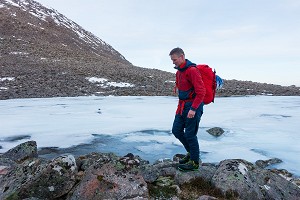
These days most outdoor clothing brands seem to have their own take on a hybrid softshell jacket that combines a wind resistant outer with a soft fleecy inner. If you're after something that's comfy and breathable on the move, warm for its weight, and able to function equally as a mid layer or an outer, then it's a winning formula. Jöttnar's Asger - new this season - is a really lightweight example of the genre.
Weight
At just 290g in a size L (Jöttnar say 274g men's M), the Asger is a fair bit lighter than some similar hybrid models from other brands (for instance the new Mountain Equipment Kinesis, also on review at the moment, is 50g heavier in a size L). It feels really light when worn, and it's not a weight you'll notice when stuffed in your sack. It's quite compact and squashable too.
Fabric
Outside it's a light micro-ripstop nylon. Having used the Asger on a number of breezy summits now, I'd say this is fairly wind-resistant, and certainly sufficient for wearing the Asger as your outer layer in more clement mountain conditions. But it's not completely impermeable, which would have compromised the jacket's breathability. A DWR treatment means that light rain just beads up and runs off (at least while the jacket is still new); only in more prolonged rain have I needed to add a shell.
A Polartec Alpha inner provides the insulation. This fluffy fabric is a very light, open weave pile that offers a lot of warmth for its minimal weight. Warm air is held in the spaces between each tuft of insulation, yet the low density of the knit lets air and moisture move freely through the fabric. Impressively quick drying and breathable, the insulation doesn't hold onto moisture when you work up a sweat, and I've found it really comfy when steaming up hills in conditions when I'd normally have struggled to wear a fleece or other such jacket.
In the Asger you get just 85g/m2 of Polartec Alpha. This is a pretty minimal weight of insulation, and while that makes it a great piece for active use, you wouldn't want to be stood around for long on a snowy, windy summit without adding extra layers. For a top of this nature I think Jöttnar have judged the fill weight well, since the main thing here is that you don't want to overheat on the move. That lightness and breathability means that you can put the Asger on at the start of the day and then just forget about it, adding or removing extra layers as needed but keeping the Asger on all the time. On a recent camping and Munros trip I wore it for over 24 hours straight - around camp in the cold, in my sleeping bag at night, and then on the hills all the following day. When stationary for any length of time I stuck a down jacket over the top, while in the wind up high I added a shell.
Fit
At present the Asger is only available in a men's cut, but the good news is that a female version is due next year. As you'd probably expect in a lightweight top, it's a fairly close, athletic fit. I wear it directly over a base layer, while if extra warm layers are needed then they have to fit over the Asger rather than underneath.
In terms of cut I find it a fraction shorter in the body at the front than I'd ideally like - only a matter of a couple of centimetres, but when it comes to keeping out the weather, and staying tucked in under a harness, even a little extra length can go a long way. Users with a shorter trunk might not have the same issue, but I don't think mine is particularly long. A drop tail at the rear helps make up for this, and the Asger can almost cover your bum - a good thing on a cold, windy day.
While Jöttnar say the cut of the arms is articulated, I have to say that on me this doesn't work. I find there's insufficient room under the arms, so as soon as my arms go up then so too does the hem. The midriff is exposed, and if I'm wearing a harness then the jacket rides up out of it straight away. I find it a real hit when walking, but on me, for climbing, the Asger is a miss. I'm sure not everyone would have the same problem, so if you're intending to climb in the Asger then I'd advise you don't take my word on the fit as gospel, and try it for yourself.
Features
There's not a lot going on here; lightness and simplicity are key. Two hand pockets are provided, sitting high so that they're compatible with a harness or a rucksack hip belt. They're small but adequate for a pair of thin gloves or (at a push) an OS map folded double. You don't get a chest pocket. I can see why not (pockets add bulk and potentially reduce breathability) but since this is where I might have carried my phone I'm in two minds about not having one. Neither of the hand pockets double as a stuff sack, and I think this is definitely an omission since the Asger is exactly the sort of light just-in-case jacket you might want to carry on a harness for multi pitch rock.
The YKK Vislon zip is suitably chunky and robust. The cuffs, meanwhile, are pleasingly simple, with some light stretch but no adjustment tab. It's worth noting that on the inside of the cuffs the Polartec Alpha fill is covered by a layer of that nylon outer fabric, which helps keep the insulation dry where it might be most likely to get damp - a thoughtful detail. Another is the one-handed hem drawcords, which don't form a loop and so are less likely to snag or get accidentally clipped into gear.
I'm less enamoured of the hood. Soft and unstructured, it fits neatly under a helmet, while the single rear adjustment gives you a snug fit around the face. But on the downside the unstructured brim can easily catch the wind. The shape is a bit odd too, with plenty of coverage for the neck and chin, but a big gap at the forehead. When it's cold and windy you absolutely have to wear a hat, which makes the hood at least partly redundant. Since pretty much every layer I wear these days seems to have a hood, and I often end up with more than I need, I wonder if I might actually have preferred the Asger without one. That would have suited its lightweight do-anything remit well.
Summary
There's a lot that's good about the Asger, especially its fabrics. The combination of Polartec Alpha inner and weather-resistant nylon shell gives you a versatile lightweight top that works equally well as an outer layer when you're working hard in changeable weather, or as a midlayer under a waterproof when things turn more hostile. It is comfy, warm for its minimal weight, quick drying and breathable on the move. Being so lightly insulated it's brilliant for active use, making this a layer you can put on, wear all day, and simply forget.
I like the simplicity of the design, but unfortunately for me the Asger is let down as a climbing jacket by the hem lift issue, and a hood that leaves the forehead exposed. If you're aiming to climb in it then try before you buy. At £195 it's on the pricey side for what you're getting, too (£30 more than the ME Kinesis for example). Personally I won't be taking it winter climbing this season, but for hillwalking or possibly even cold weather running, where hem lift is less of a concern, it's got obvious year-round appeal. I'm wearing it as I write this; in fact I've had it on most days for the last few weeks, and hardly noticed it once. That probably says a lot.
Jöttnar say:
A lightly insulated, technically sophisticated jacket for high output activity. A windproof, water repellent outer and a Polartec® Alpha® inner perfectly balance warmth and breathability, especially when moving. Developed for Special Operations Forces, Polartec® Alpha® is an active air-exchange insulation system for temperature variations and stop-start conditions. Delivering consistent warmth and breathability, Alpha® releases excess body heat before saturation and discomfort. Layer under a hard shell for regulated warmth when active, or wear as a standalone over a base layer. An athletic fit, stretch cuffs, harness compatible pockets, and an adjustable hood enhance performance and functionality.



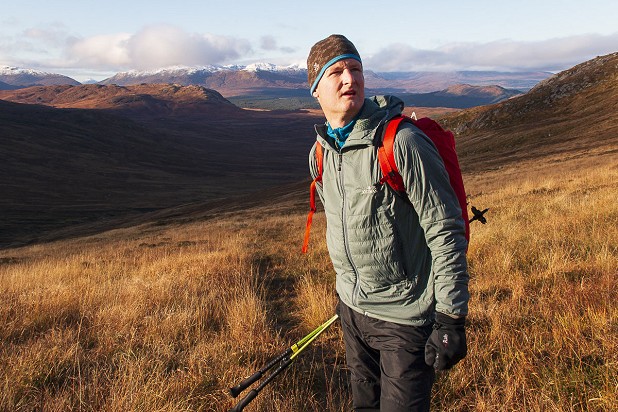
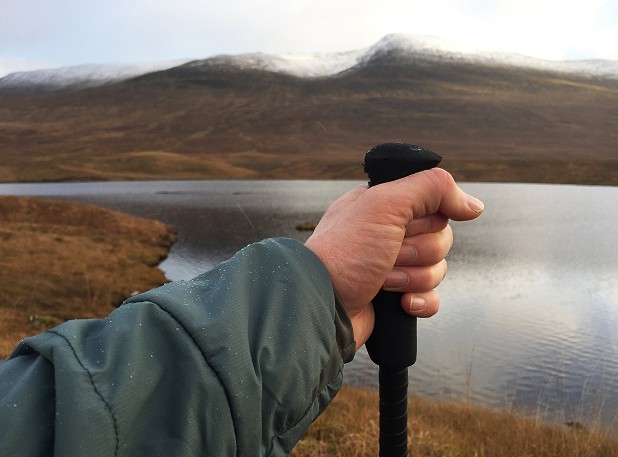
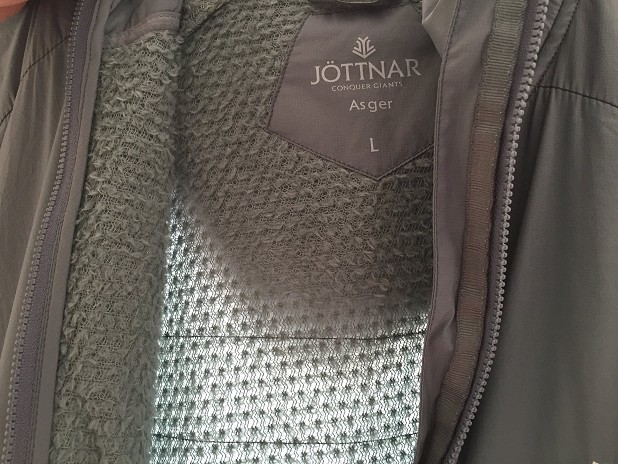
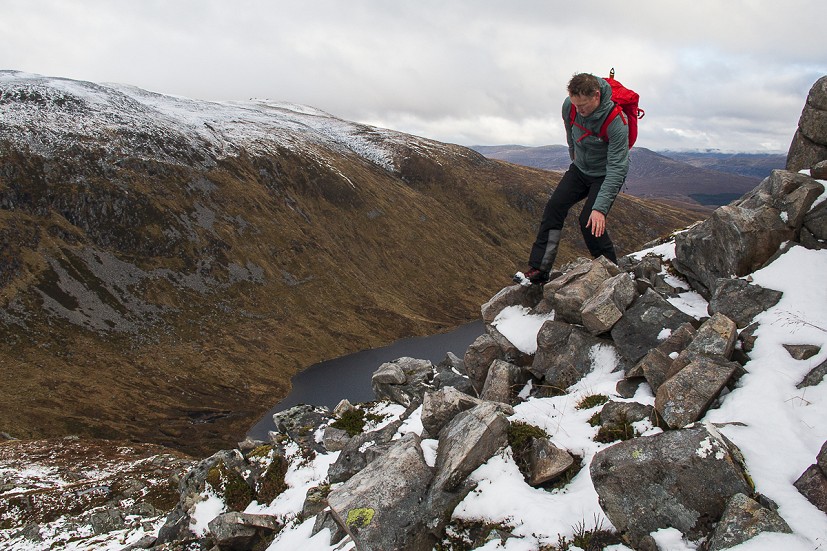

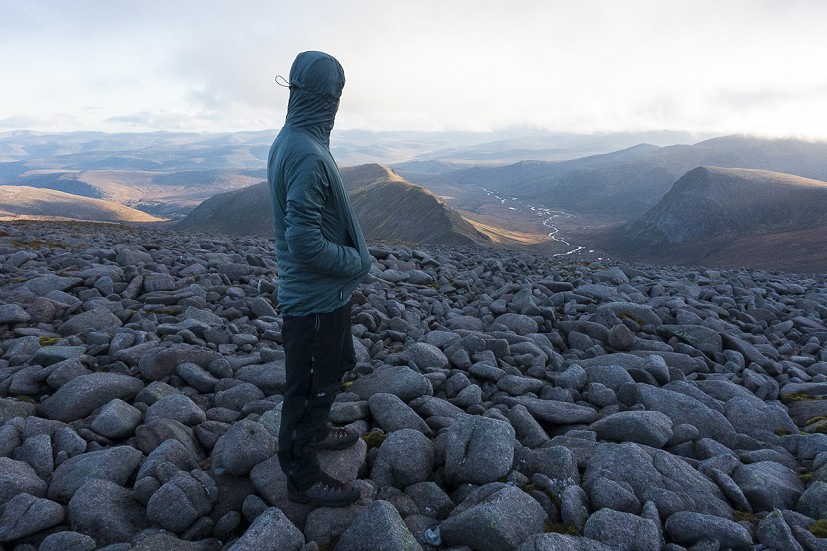
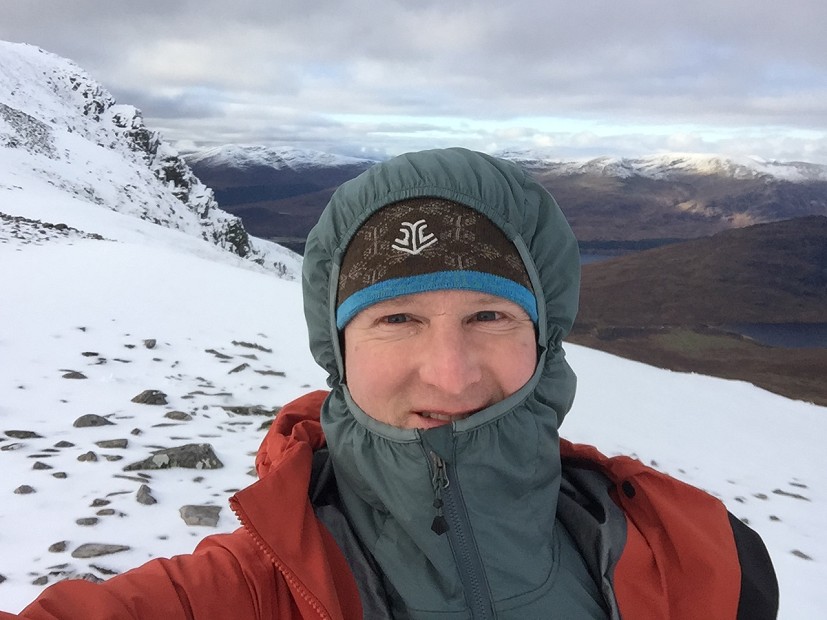
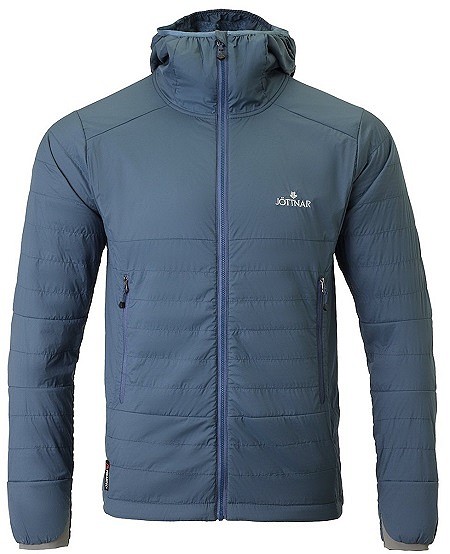

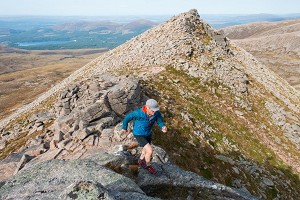




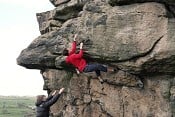

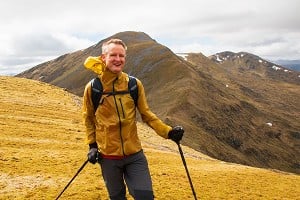
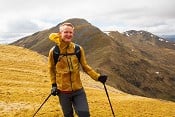

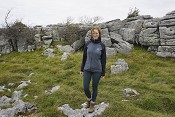
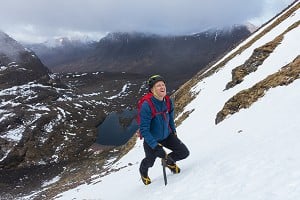
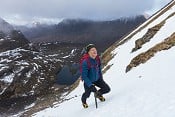

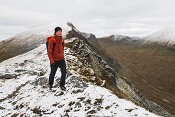


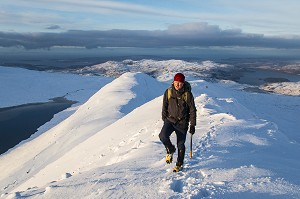
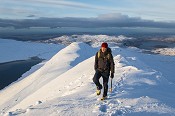
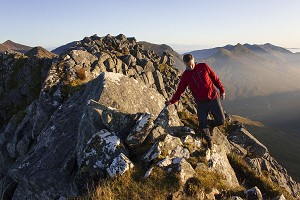

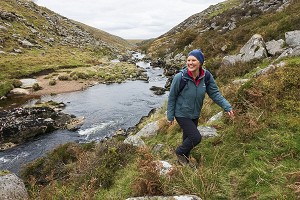
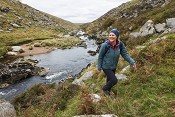
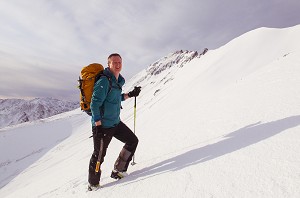
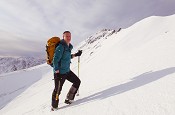
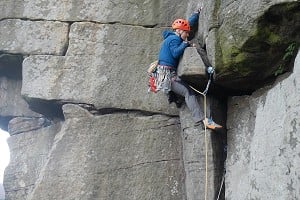
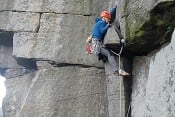
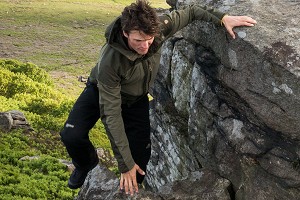
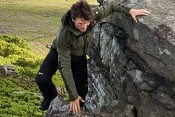
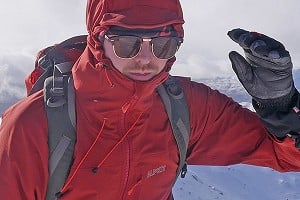

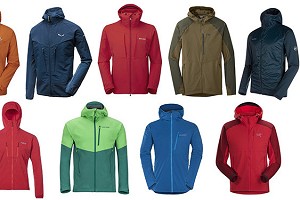
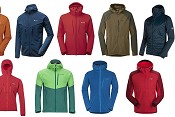
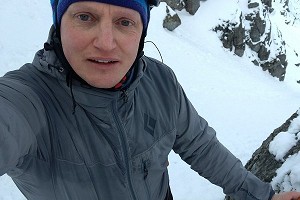

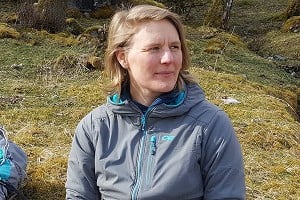

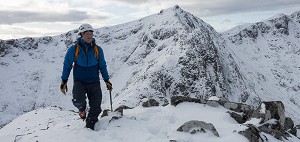

Comments
Steep price for a wind shell with a pile fleece. Power grid fleece with a separate wind shell is far more versatile IMO.
Jottnar seem to be plumbing the depths of how unnecessarily complicated and therefore expensive you can make a fleece. Sorry, I should say "technically sophisticated jacket"
Aren't they just doing what I think Rab, Mountain Equipment, Montane and probably others have done in the last few winters of offering a Polartec Alpha insulated jacket with the lining removed? When people stopped using Alpha between two layers a few years ago I could see the logic, but did think basically it was reinventing Buffalo shirts once again.
Did you know Polartec Alpha was developed for Special Operations Forces? £195 for a lightweight fleece made in the far east.
It`s difficult to heat up Polartec Alpha when only 45g/m weight.
For the runners only surely.